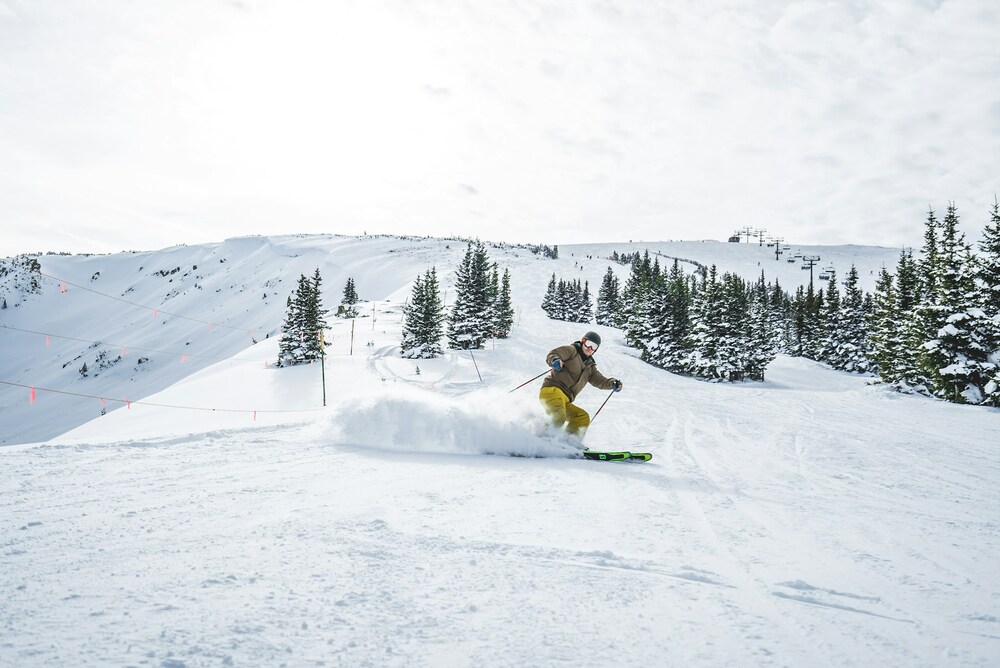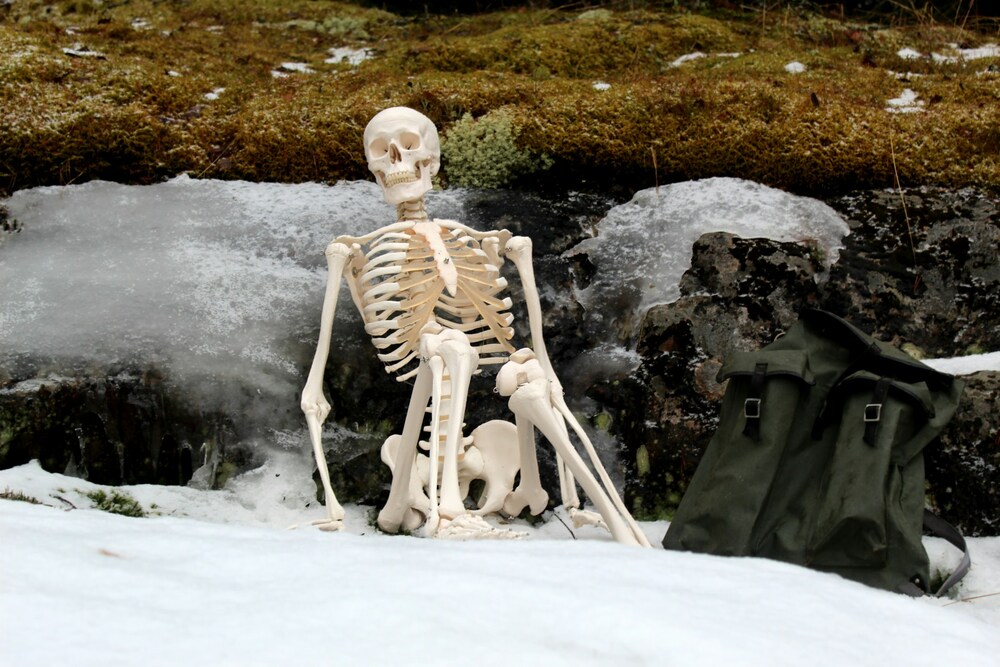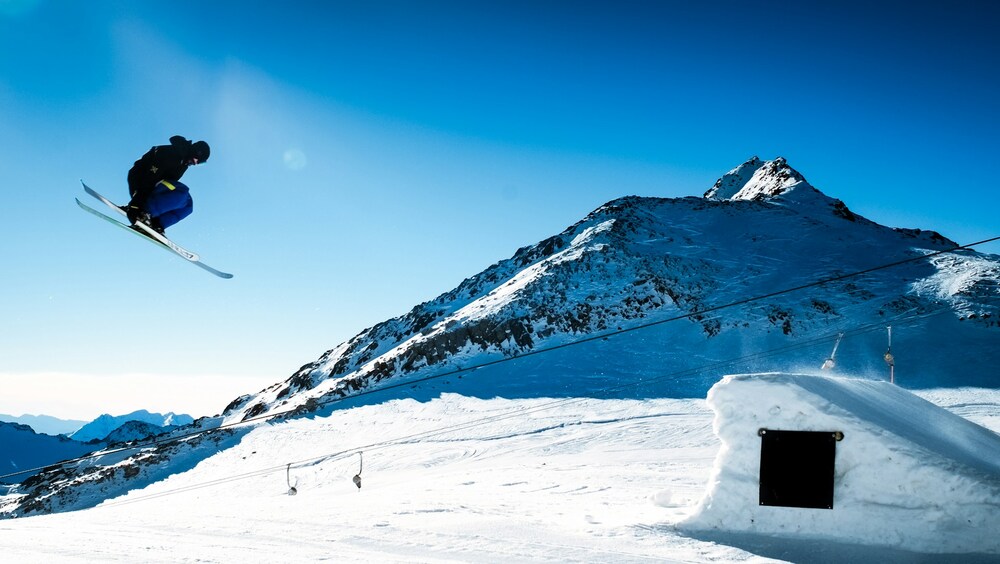On-piste trails and the towering high cordillera of peaks clad in white, are a glimpse of heaven for lovers of winter sports. Yes, skiing continues to be among the top activities to enjoy as the warmer months are left behind.
Studies have found that an estimated 18.46 million Americans enjoyed skiing in 2023. This figure was a 4% increase compared to the year prior. It is believed that the numbers will increase again this year.
As much as this sport is exciting, it can be difficult to embrace for those with chronic body pain. Given the freezing temperatures, even the most ardent of skiing lovers can shrink back in fear of the pain getting worse.
Fret not, as this article will guide you. We will discuss four effective tips to manage chronic pain for an enjoyable skiing vacation.
Chronic Pain is Scarcely Linear or Easily Quantifiable

The human mind naturally wants to lean towards that which is measurable. It is easier for us to accept the pain when the sensation matches the image in front of us. However, the truth is that pain intensity is often controlled by the brain’s perception of it.
Since chronic pain is a complex condition, its intensity seldom matches mechanical findings. As a result, the mind begins to play games of its own. In other words, patients with chronic pain generally suffer more due to the stress associated with their diagnosis than the pain itself.
It is rightfully said that one must control the mind and the body will follow. Even in the case of chronic pain, this is true to some extent. The signal pathways to the brain may become so sensitive that they signal a pain sensation even when there is none.
Keep in mind that chronic pain is scarcely linear and it affects emotions and cognition. This means your attitude towards the pain matters more than you think. As you strengthen your mind and follow ski-friendly tips, you can enjoy a pain-free holiday.
4 Tips for a Fun and Pain-Free Ski Holiday

With so many sports to choose from, it’s safe to say that keen skiers are spoilt for choice. If you’re also among them but hesitant to step out this skiing season due to chronic pain; here are four useful tips to help you enjoy a confident pain-free holiday.
1. Stay Hydrated
According to the National Council on Aging (NCOA), hydration is crucial for the body for various reasons. These include improved brain performance, increased energy, digestive harmony, reduced joint pain, and better temperature regulation.
Adequate water intake is especially important during skiing, as it is a physically demanding activity. Proper hydration can sometimes be the difference between a fun skiing experience and serious fatigue or other health issues.
While skiing, your body will lose a good volume of fluids due to heavy breathing or sweating. If you don’t drink water or juices properly, there is the risk of becoming dehydrated after a skiing session.
Dehydration will not only impact reaction time and judgment but also make chronic joint pain or headache worse. It will also lead to bad muscular cramps, thereby increasing the risk of injuries.
Having at least 8 to 10 cups of water each day will act as a much-needed lubricant for your joints. You can even consume other beverages like sports drinks to replenish the loss of fluid after a sweaty skiing session.
2. Take Pain-Relieving Meds
If you’ve lived with chronic back or joint pain for some time now, your healthcare provider would have recommended some pain-relieving medications. The truth is that certain physical and environmental triggers like strenuous activity, stress, reduced sleep, etc., tend to cause intense flare-ups.
While you should not strain your body too much, stress out, or neglect sleep, it’s equally important to be med-ready. In other words, you may require certain medications that can exclusively deal with acute short-term pain.
In most cases, a class of drugs popular for this purpose is opioids. They are pain-relieving meds derived from substances found in the opium poppy plant. Consult with your healthcare provider before leaving for the trip. If they prescribe an opioid, consume it only as per their advice.
Practice caution in not making opioids your go-to med choice. These drugs may be effective in silencing sharp pains but they’re not suitable for long-term use. Your body will gradually become immune to their pain-relieving effects and demand a higher dose each time.
This is why opioid users are often at risk of developing an addiction. Over 6.1 million people aged 12 or older have an opioid use disorder (OUD). The Food & Drug Administration (FDA) states that drugs used to treat this disorder are effective. However, it is their safety that is questionable.
For instance, a common drug used to treat OUD is Suboxone, which may be quite effective. However, TorHoerman Law shares that many people sustained oral injuries like tooth decay, infections, and fractures. Such injuries have made for a traumatic and costly outcome.
The injured have filed a Suboxone lawsuit to get fair compensation. Our key takeaway is that over-consuming opioids is a slippery slope. As far as possible, stick to your usual meds and if a flare-up makes the pain unbearable, switch to a doctor-recommended opioid. Just be careful to have it as per the prescription.
3. Practice Ski-Ready Exercises

Even those without chronic pain may find a skiing session to be extremely challenging if they venture without a fully prepared body. For those with chronic pain, a pre-season ski conditioning workout is indispensable.
Ski-ready exercises aim to strengthen the lower-body muscles like the glutes and hamstrings used most for skiing. Regular exercise is already an essential part of managing chronic pain. Its importance only increases before a ski holiday.
Even while you’re in the phase of planning your trip, start preparing your body with ski-ready exercises. The ideal time would be at least 6 to 12 weeks before the vacation. The most common and effective exercises include a five-minute stretching or warm-up, squats, jumping lunges, and leg blasters.
They will help your body adjust to being used in ways you normally don’t in your daily life. After all, nobody wants to call it quits early on their day out skiing due to sore muscles.
4. Have a Healthy Diet
Being a high-energy and high-octane sport, skiing requires healthy muscle mass and joint health. Whether you’re on the slopes or the chalet, it is only possible to preserve energy when your body is fed a highly nutritious diet.
Chronic pain is usually the result of inflammation, which is directly impacted by our diet. A highly acidic diet full of processed junk will increase inflammation. Conversely, a highly alkaline diet full of fresh fruits, vegetables, nuts, and whole grains will reduce inflammation and its symptoms.
Let’s give you some examples of what a healthy skiing-friendly diet would look like.
- For breakfast, you can have proteins and carbohydrates in the form of oatmeal or eggs and toast to kickstart your metabolism for the day.
- Follow it up with a well-balanced lunch containing lean protein, whole grains, veggies, and healthy fats. So, try something like a salad and fish, soup, sandwich, or grass-fed meats.
- Intermittently, you can munch on some healthy snacks like whole grain crackers, trail mix, nuts, or sugar-free energy bars.
- End the day with a well-balanced dinner that includes complex carbs and proteins like lasagna, skillet-baked eggs, chia pudding, etc.
Final Point

In addition to the tips discussed in detail, we would like to reinstate the importance of proper skiing gear. Without the right safety gear, you’re at risk of getting easily injured or stiffening your joints. Opt for thermals, jackets, and pants designed for skiing and the frigid cold.
Also, put on important accessories like a helmet, mittens, goggles, sunglasses, and gloves. If you’re new or have lost touch with the sport, take vital lessons from a ski instructor before leaving.
Finally, be aware of your body’s limits and do not push yourself too much. Stick to the basic rules of the sport, the area, as well as your body, and you have nothing to worry about.
Tagged with;















